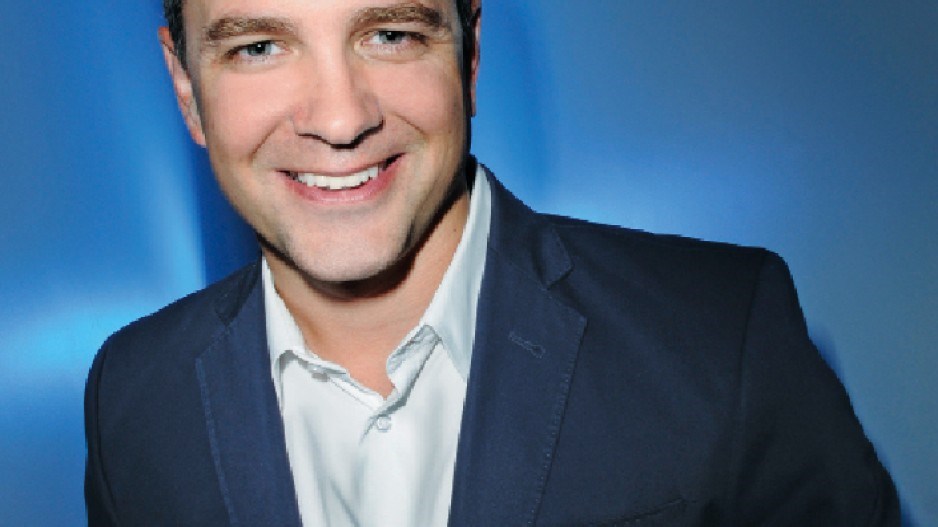Marty Yaskowich, managing director of digital marketing at DDB Canada, doesn’t care much for boring marketing strategies. The stereotype of chart flipping, number crunching boardroom meetings doesn’t sit well with his belief in the power of appealing to the humanity of his customers.
Neither does it maximize the use of modern digital media tools, now ubiquitous in almost every forum of business. He believes businesses need to ask themselves what they’re doing to stay engaged with not only their current customers, but also with those of the future.
The effort doesn’t boil down to a one-time shot, he said, and whereas building and nurturing an ongoing relationship with the client used to take form in personal, face-to-face interactions, it now takes place through a variety of media in a host of different forums.
Using social media and other digital tools such as blogs, discussion boards and newsletters, will help keep the relationship alive, and creating this kind of ongoing relationship carries over once a client has made a purchase.
“We strongly believe that there has to be a great engaging social hook in what we’re doing,” he said. “Whatever we’re creating, we want people to be able to engage with it, interact with it, pass it along and participate in it in some way.”
Business to business customers are now more savvy in this respect than ever before. There exists in the market an unprecedented level of detail in a client’s ability to track and assess a campaign’s effectiveness. It’s made their standards more exacting.
“Customers have grown ever more demanding when it comes to realizing return on investment,” said Yaskowich. “In the past we would put a campaign together, and put media materials out in the market, and then six months later we would find out if the campaign was a success.”
Now, results can be tracked virtually instantaneously – clients have the ability to see how well a given marketing campaign is working in real time.
It’s led marketing firms like DDB to change the way they develop marketing products for businesses looking to maximize the effectiveness of a marketing campaign intended to improve the market performance of a client’s product.
One technique, explained Yaskowich, involves what he called casting a wide net. This involves sending out large numbers of a variety of slightly differing messages. Marketers then track their individual effectiveness via tools like Facebook likes, clickbacks and a host of tracking mechanisms.
Those messages that receive the best results are further developed, and then relaunched. The process is repeated until the message is honed to its most effective version.
Doing this, said Yaskowich, also generates the best information to identify leads for follow-up marketing.
That’s not to say that more classical media formats have been abandoned.
“Trade publications are still a really important part of the process. [People] still read these magazines, so being there, having a presence there, is still really important.”
For this reason, he said, marketing can never abandon the conventional products that invariably lie behind the substantial technological buzz involved in a marketing campaign.
For their work with Telus in creating a campaign for the Mike phone, a durable construction-industry-grade device, DDB pushed the image of a tough guy by associating the phone with work rules about welding and wearing steel-toed boots.
In developing a campaign for the Vancouver Convention Centre, they worked from the idea that the facility embodied and showcased the surrounding area’s natural beauty, and that this set it apart from other venues around the world.
“Having traditional media behind it has always made it more successful, more viral,” said Yaskowich, emphasizing his belief that compelling images, beautiful graphics and inspiring design must sit at the foundation of the marketing product they create.
He said that’s because social media tools are ultimately a conduit through which clients are linked to businesses. And even though the digital relationship with customers has become increasingly about content and digital ubiquity, the idea that the quality of the content must remain high, that it must inspire, persists.
“The message has always been the key,” he said. “We’ve just found new ways to deliver it.”




